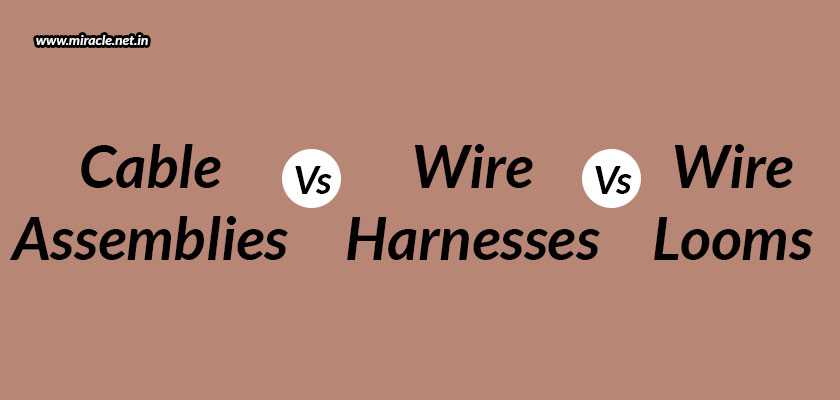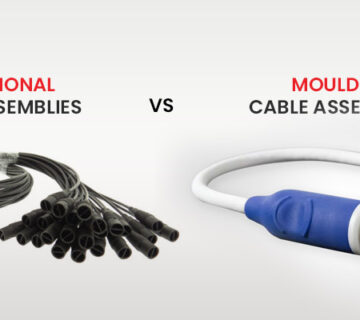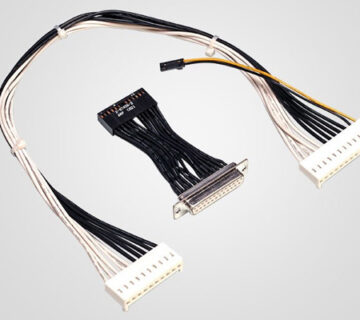Cable assemblies, wire harnesses, and wire looms are terms that are generally used interchangeably. But, if you are inquisitive enough, you may want to find out if all the three are actually the same. For a layman, all of these may appear to be the same, but as a professional, it is important to understand that difference between the three. There are subtle differences in the construction, the performance, and the environment in which they should be used. So, let us understand all of it in this blog.
Wires vs. cables
First and foremost, let us understand the difference between a wire and a cable. While both of them conduct electricity, a wire is a conductive metal strand that can be wrapped in a protective sheath, while a cable is a bundle of multiple wires within a protective jacket. Now, let us get on to understanding how cable assemblies, wire harnesses, and wire looms differ from one another.
Wire harness, cable assembly, and wire loom – The basic structure
The three terms are used interchangeably because all the three products describe a collection of multiple wires or cables that are linked or bound together into a single unit. The benefit of such a system is that the wires/cables are all bound neatly together in an organized way, which reduces the mess and space otherwise involved, also making them quick and easy to install, while offering safety to the operator, and longevity to the wires and cables within. This kind of organization is particularly important where hundreds of thousands of wires/cables are required within an application, or when multiple identical pieces of equipment need to be manufactured.
Wire harness:
A wire harness is a combination that consists of multiple wires bundled together in a simple wrapper or sheath made of thermoset or thermoplastic material. The main purpose of this arrangement is to hold the wires in a predefined arrangement, thus reducing movement, limiting the space utilized, and protecting the wires against environmental elements. This is the lowest cost option when expenses are a matter of consideration.
Cable assembly:
A cable assembly is a combination of cables held together in a protective sheath that is more durable than the one used in wire harnesses. The materials that are used may include vinyl, thermoplastic rubber, or shrink-wrapped thermoplastics. So, while holding the cables in place, the cable assembly also provides additional protection from heat, moisture, friction, and abrasion; making it an apt choice for usage where exposure to environmental factors is a matter of consideration.
Wire loom:
A wire loom is a complex assembly, combining multiple different types of wires and cables into multiple groups, often using various binding techniques. Wire looms can be used in even the most complex applications like cars and aircrafts, where complex masses of cables are required.
Where to have your products manufactured?
Now that you have understood the minute differences between the three types of bundling, you should now be in a better position to decide as to what you particularly require for your individual applications. No matter what you may want, all you need to do is get in touch with Miracle Electronics, the most reliable wire looms, cable assemblies, and wire harness manufacturers from India, who has been delivering all such kinds of high quality products to clients across the globe for more than a decade now. While every product is manufactured with great care and quality, each product is also tested thoroughly before being delivered to the client, thus ensuring only the best quality products reaching the client’s premises.




